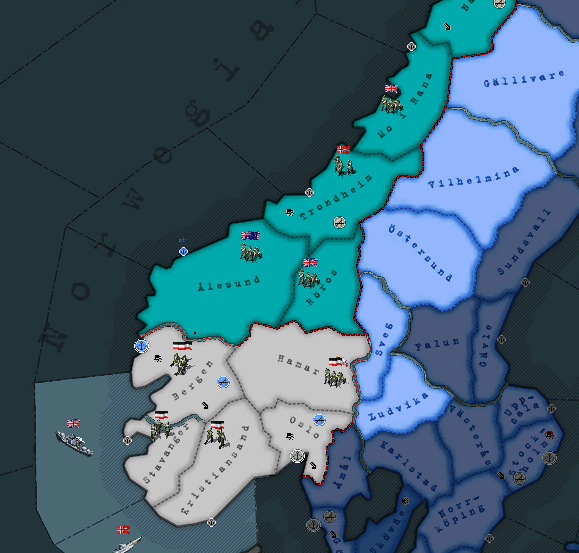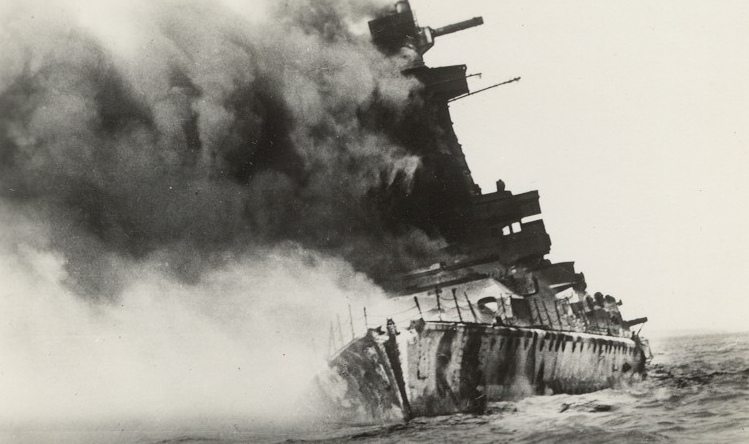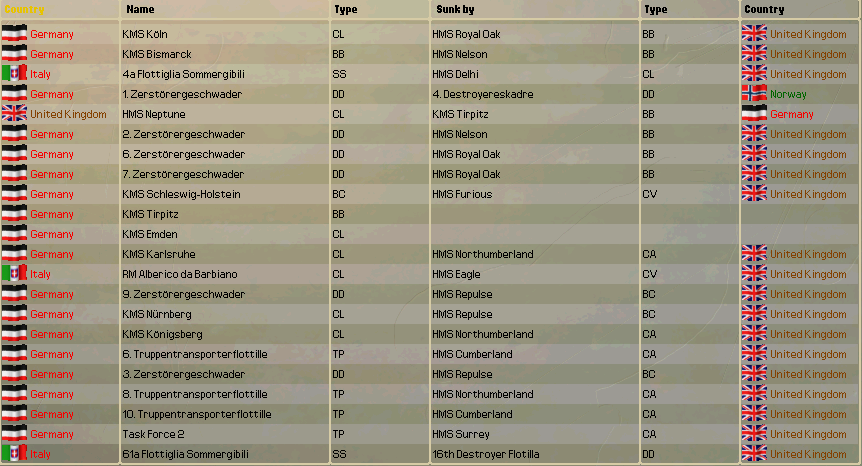The Sound of Drums - A British Hearts of Iron II AAR
Part Forty-Seven
1st - 18th August, 1940
Fighting wars on multiple fronts was hardly unknown in British history, but few times was it as fierce as the first half of August 1940. The Battle of Norway continued with bitter back-and-forth fighting between Allied and German troops, the invasion of Libya intensified, and the Battle of the North Sea came to it’s final engagements.
Yet the month began with an unusually long, yet calm debate in the House of Commons. The new Chancellor Yuri2356 quickly made his presence known, reorganising the budget as he saw fit to better aid the war effort. A quick summary of the diplomatic situation was presented by the Chief of the Defence Staff, and it the only major decision made was that additional troops should be sent to defend Norway.
The first reinforcements to Norway arrived on the 5th August. Just three days before, three New Zealand divisions had left Britain thinking they would be assisting in a simple mop-up operation - High Command believing that the recent German offensive had overextended the Wehrmacht. They arrived to find Allied forces in flight north - Oslo had fallen, and British troops had been defeated in Hamar before they had a chance to reorganise the counter-attack. The main supply depots in the south were now in German hands, and without them the Allies were finished in Norway.
The deteriorating situation in Norway, 6th August
The supply situation was easily remedied - additional convoy routes were created to transport fresh supplies to a new depot further north, at Narvik. A major counter-attack was not ordered until more reinforcements arrived later in the month. For now, hit-and-run attacks were authorised into Hamar with the aim of throwing back German divisions before they could assemble for a greater attack north.
The Germans were clearly not running out of supply, and Intelligence believed that more reinforcements were arriving in Norway - not hard now that Oslo was under German control. Deciding that the time was right, First Lord of the Admiralty Darth Pugwash ordered all fleets stationed in Britain into the North Sea. It was a general offensive - he aimed to deliver the final blow against the Kriegsmarine and utterly destroy their surface fleet.
Grand Admiral Cleric, as ever, took to the order with typical bloody-minded zeal. Since destroying the Bismarck two weeks previously, he had been laying down the groundwork for sinking its sister ship, the
Tirpitz. Careful examination of the route taken by the First Flotte in its retreat back to Rotterdam after the last engagement, as well as careful plotting by minesweepers, meant the Admiral was sure he could approach Rotterdam close enough to attack the German fleet in port. It was a risky endeavour, but Cleric would hardly have it otherwise.
The gamble almost never paid off. Luftwaffe aircraft spotted the Grand Armada as it began its cautious route through the minefield. The new First Flotte commander, Admiral Wilhelm Marschall, decided to take the German fleet out in one last battle, rather than let it be innocuously destroyed while at port. The First Flotte was launched, and on the 8th August hit the Grand Armada for its final battle.
The Final Fight of the First Flotte
The
Tirpitz entered in spectacular style, obliterating the HMS
Neptune in two salvos before steaming directly into the centre of the Grand Armada. Closely surrounded by several destroyer and light cruisers, the German fleet began firing their guns as rapidly as possible, creating a great cloud of smoke and fire that made it difficult for British planes to accurately fire torpedoes. It was mostly through chance that any gun found its target, but when the smoke finally cleared, the bulk of the German destroyers were confirmed destroyed and the last German battlecruiser, the
Schleswig-Holstein, gone. The
Tirpitz lay low in the water, not sinking but clearly unable to move under her own power.
With his own fleet intact and able to lay waste to the surviving First Flotte vessels, Admiral Cleric signalled the German Admiral and ordered him to surrender his fleet, by now consisting only of the
Tirpitz and the light cruisers
Emden and
Karlsruhe. He was informed that Admiral Marschall was now killed, and that Vice-Admiral Folsche now commanded the First Flotte. He assured Cleric that his last order would be for all his crews to stand down and accept the British offer of surrender.
Folsche had not, of course, informed Cleric of his only other order - sink the
Tirpitz! Unwilling to see it fall into British hands, he commanded that all doors, bulkheads and port-holes be opened and, after the bulk of his crew had been evacuated, began a fire and activated explosives on the lower decks of the ship. Within an hour the already damaged vessel had capsized, removing the last great threat of the Kriegsmarine.
Death of the Kriegsmarine
The final victory over the First Flotte meant the end of the German surface fleet. British fleets in the North sea pounced on Kriegsmarine vessels - mostly near Norway as Hitler attempted to send more troops there. By the 18th August virtually all German surface vessels were wiped out, with just one light cruiser and two destroyer groups remaining in action.
Grand Admiral Cleric returned to port to a heroes welcome. The press declared him ‘the Nelson of his age’ for his part in eradicating the Kriegsmarine as a credible threat. The
Bismarck and
Tirpitz, for all their size and strength, had ultimately been destroyed by the ‘weaker’ battleships of the Royal Navy, the torpedoes of about a dozen aircraft, and the indomitable will and creativity of a British admiral…


